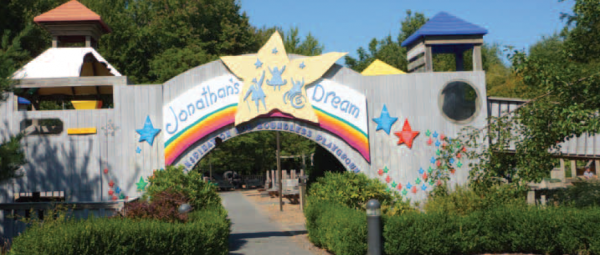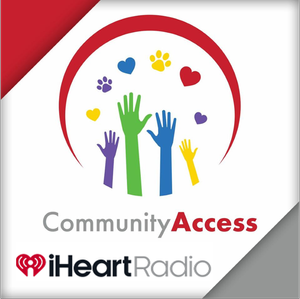Connecticut Ranks #9 in MacArthur Fellows, Shows Net Gain of “Geniuses”
/Each year, the MacArthur Foundation provides grants to some of the most talented minds in the country to provide them with the resources to pursue incredibly creative projects that just might change the world. That’s why they’re often called the “genius awards.” And it turns out that Connecticut ranks in the top 10 in recipients. Connecticut, with 18 recipients living in the state at the time of the award, ranks behind only New York (188), California (172), Massachusetts (107), Illinois (44), New Jersey (41), District of Columbia (32), Michigan (25), and Pennsylvania (22). Tied with Connecticut ranking 9th is Washington state (18).
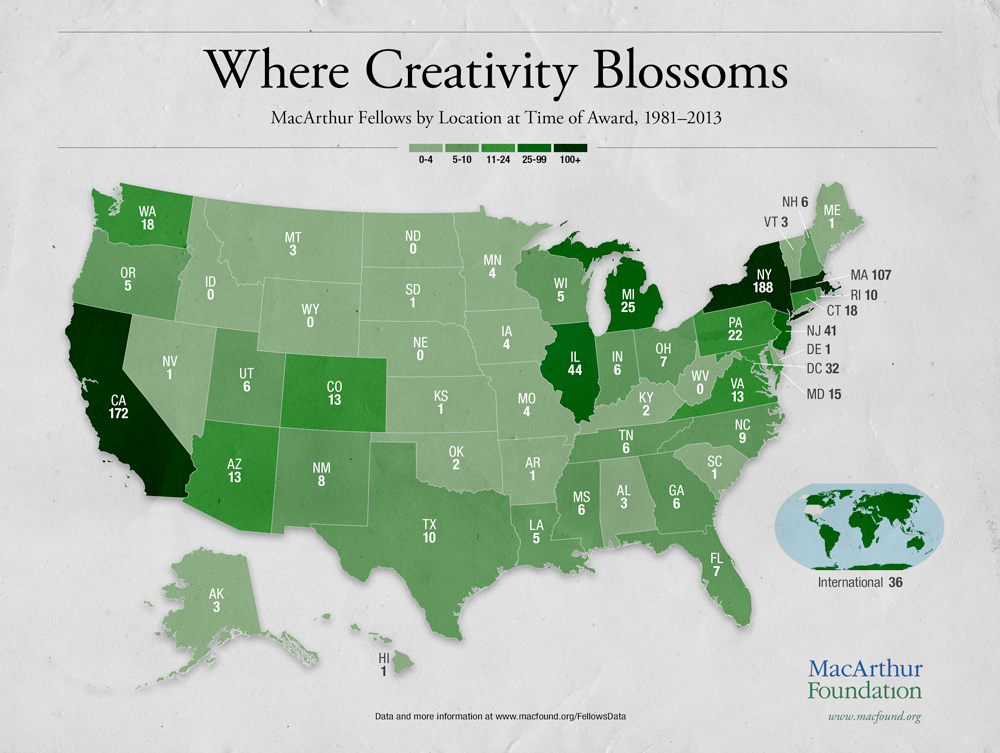 The MacArthur Foundation recently released data that shows where the 897 exceptionally creative individuals who have been recognized since 1981 were born, where they lived at the time they received the award and how mobile they are. This is the first time the data has been compiled and made publicly available.
The MacArthur Foundation recently released data that shows where the 897 exceptionally creative individuals who have been recognized since 1981 were born, where they lived at the time they received the award and how mobile they are. This is the first time the data has been compiled and made publicly available.
This year's recipients will be announced on Sept. 17. The MacArthur Fellows Program awards unrestricted $625,000 fellowships to talented individuals who have shown extraordinary originality and dedication in their creative pursuits and a marked capacity for self-direction. Chicago-based MacArthur is one of the nation's largest independent foundations.
Another interesting finding is that MacArthur Fellows tend to not stay in one place. They will more likely end up somewhere other than their birthplace by the time they receive their award. California is the most popular state for fellows to move to with 113 new residents, followed by Massachusetts (58), New York (28), New Jersey (16) and a tie between Virginia and Arizona (10 each). Connecticut also shows a net gain, at plus four. Nationwide, 20 states reflect net gains, the remaining states have tended to lose future geniuses.
Nevada, Wyoming and Vermont, are the only states never to have produced a MacArthur Fellow.
The most recent Connecticut recipient is Daniel Spielman, a computer scientist at Yale University, selected in 2012. As the Henry Ford II Professor of Computer Science, Mathematics and Applied Science, Spielman “is a theoretical computer scientist studying abstract questions that nonetheless affect the essential aspects of daily life in modern society—how we communicate and how we measure, predict, and regulate our environment and our behavior,” according to the MacArthur profile of his selection.
In 2009, Richard Prum, an ornithologist at Yale University was among the 24 selected. In his work, Prum draws from a wide spectrum of disciplines, including developmental biology, optical physics, molecular genetics, phylogenetics, paleontology, and behavior ecology, to address central questions about bird development, evolution, and behavior.
Officials note t
hat innovative people tend to cluster near cultural centers and hotbeds of technological and scientific research, such as states with large cities like New York, California and Massachusetts, which may explain the mobility patterns of the fellows. That may also have influenced Connecticut push in recent years into the biotechnology field and related disciplines.
The data also highlight the contribution of immigrants to the creative culture of the United States. Nearly a quarter of MacArthur Fellows were born outside of the country. Though Fellows must be citizens or residents of the United States, their countries of origin span the globe.
Historian and 2003 Fellow Anders Winroth was born in Sweden and was teaching at Yale University at the time of the award, for example. The data indicates that 79% of the Fellows lived, at the time of the award, outside the state where they were born. By way of comparison, according to recent U.S. Census Bureau data, approximately 30% of the general population and 42% of the college-educated population live outside the state where they were born.
An overwhelming number (169) of fellows were born in New York. Other top states include California (59), Pennsylvania (52), Massachusetts (29) and Illinois (39). However, if you look at the data by per capita, those states are joined by Connecticut, Delaware, Rhode Island, Idaho, Montana and South Dakota, due to their relatively small populations.
The John D. and Catherine T. MacArthur Foundation, according to its website, “supports creative people and effective institutions committed to building a more just, verdant, and peaceful world. In addition to selecting the MacArthur Fellows, the Foundation works to defend human rights, advance global conservation and security, make cities better places, and understand how technology is affecting children and society.”
Daniel Spielman VIDEO (You Tube) Richard Prum VIDEO (You Tube)


 d met Ms. Toyen, who grew up in Avon, Connecticut, at their alma mater, Bentley College in Waltham, Mass., and had managed to pull off an elaborate proposal.
d met Ms. Toyen, who grew up in Avon, Connecticut, at their alma mater, Bentley College in Waltham, Mass., and had managed to pull off an elaborate proposal.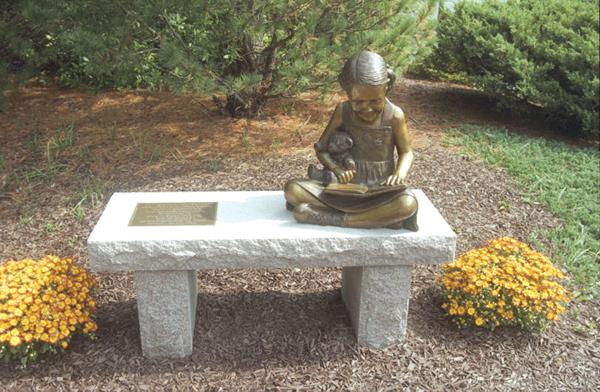 .
.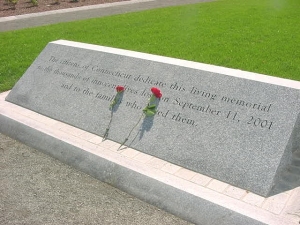


 r recent study found that nursing homes under private equity ownership are cited for more deficiencies and have fewer registered nurses on staff than other for-profit facilities.
r recent study found that nursing homes under private equity ownership are cited for more deficiencies and have fewer registered nurses on staff than other for-profit facilities.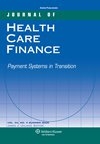






 h school students - participants in week-long journalism workshops at UConn, Quinnipiac and Yale universities led by C-HIT - have been producing news stories that target issues facing a demographic they are not only familiar with, but, in most cases, part of. The students are learning research methods intrinsic to journalism and the results of their work have been eye-opening. Some of the highlights:
h school students - participants in week-long journalism workshops at UConn, Quinnipiac and Yale universities led by C-HIT - have been producing news stories that target issues facing a demographic they are not only familiar with, but, in most cases, part of. The students are learning research methods intrinsic to journalism and the results of their work have been eye-opening. Some of the highlights: Of the young people who reported cyber bullying incidents against them, one in three reported that they experienced threats online. Well over half of young people do not tell their parents when cyber-bullying occurs, the website says. Surveys show that girls are twice as likely as boys to be both victims and perpetrators of cyber bullying.
Of the young people who reported cyber bullying incidents against them, one in three reported that they experienced threats online. Well over half of young people do not tell their parents when cyber-bullying occurs, the website says. Surveys show that girls are twice as likely as boys to be both victims and perpetrators of cyber bullying. ht) Mackenzie Brayman, a student at North Stonington High School; Julyanna Schreider and Shamoya Hanson, students at the Journalism & Media Academy, Hartford; Talon Cooper, a student at Hillhouse High School, New Haven; and Conner Fritchley, a student at Wilton High School. Information included in this article was researched and developed by the students for their news stories.
ht) Mackenzie Brayman, a student at North Stonington High School; Julyanna Schreider and Shamoya Hanson, students at the Journalism & Media Academy, Hartford; Talon Cooper, a student at Hillhouse High School, New Haven; and Conner Fritchley, a student at Wilton High School. Information included in this article was researched and developed by the students for their news stories. for over a third of Connecticut's public school students, only 7 percent of the state's teachers and 2 percent of the administrators in Connecticut's public schools are minorities."
for over a third of Connecticut's public school students, only 7 percent of the state's teachers and 2 percent of the administrators in Connecticut's public schools are minorities."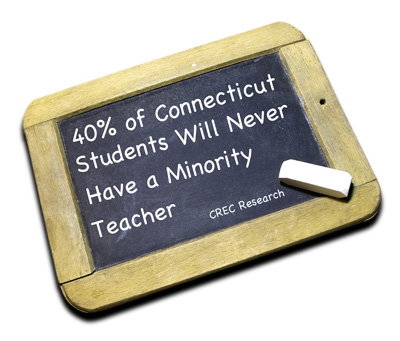
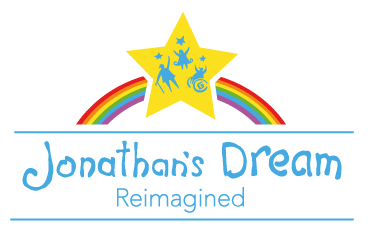 from its Quest and Third Age Initiative programs to help rebuild the new Jonathan's Dream, working with the Mandell JCC.. The project is also supported by
from its Quest and Third Age Initiative programs to help rebuild the new Jonathan's Dream, working with the Mandell JCC.. The project is also supported by 